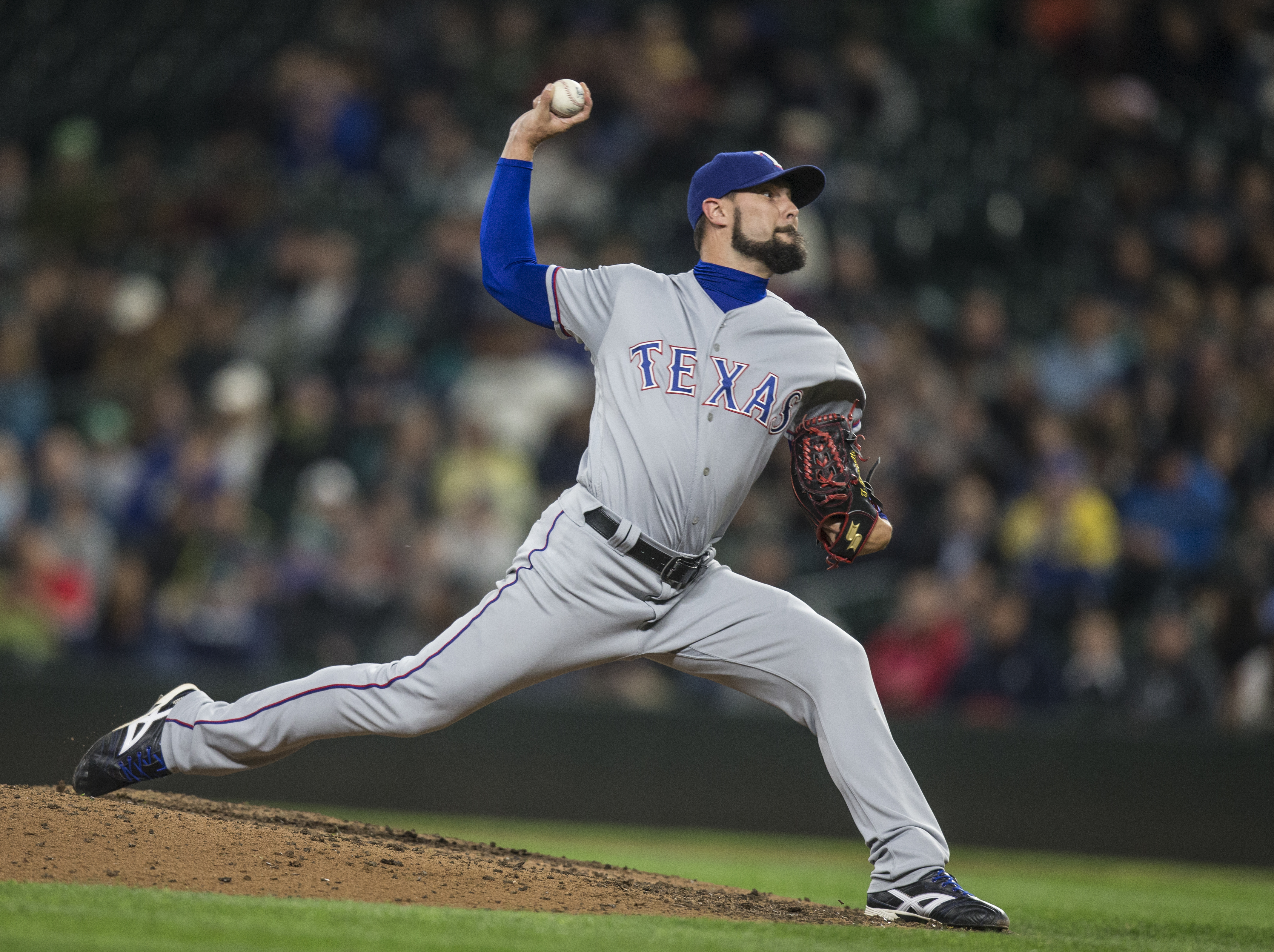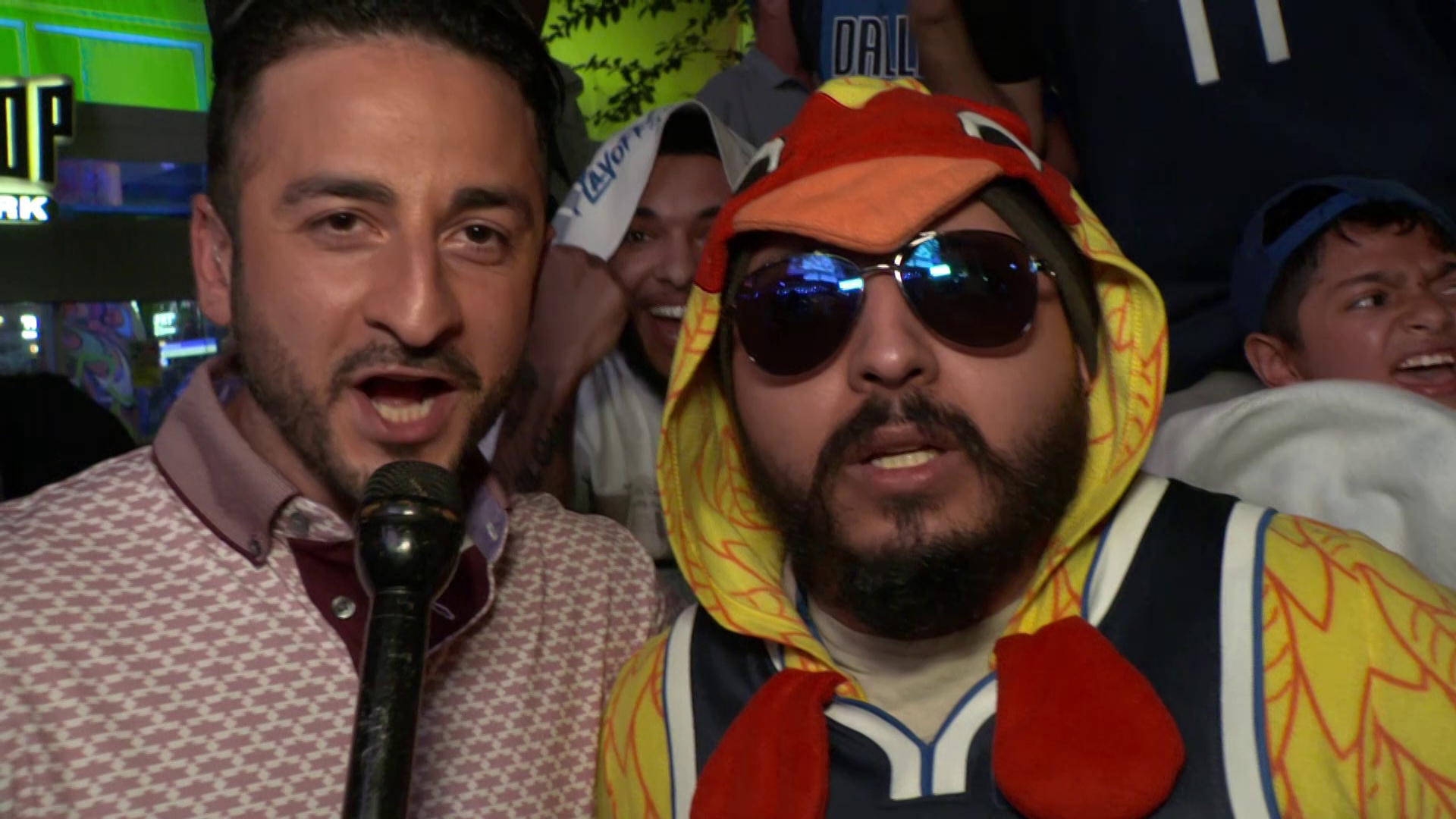While Jeff Banister’s crew could have survived the implosion and change of one closer (they did it two years in a row, after all), having to go through two closers is considerably more difficult. When you have two closers that fail and five of the other six members of the bullpen also can’t get the job done, a manager is handcuffed.
You can’t use the one arm that has succeeded for every opportunity in a 162 game season. You have to have other reliable options. One of those options that Texas wanted to use was Tony Barnette.
Signed before the 2016 season as a free agent out of Japan, the Alaskan-born, ASU-attended, over-30 Barnette became a Major League rookie for the Rangers. A successful closer for the Yakult Swallows, the long-haired, Arizona Diamondbacks draftee was signed to a 2-year, $3.5 million contract. That contract also includes a 2018 Team Option.
Would You or Wouldn’t You: Pick up Tony Barnette’s Team Option?
Going into his age-34 season, the right-hander posted a less than stellar 5.49 ERA in 57.1 innings pitched. He put up a decent 2.59 K/BB ratio and 8.9 K/9, while continuing to show the ability to pitch multiple innings per game.
He suffered a sprained finger in late June of 2017 and an oblique injury towards the end of 2016, but hasn’t shown any lingering effects. After earning $1.5 million in his rookie year and $1.75 million last season, the Texas Rangers have the option of bringing him back for $4 million or buying out this year for $250,000.
Why You Would: The success in Barnette’s rookie year can be attributed to the league’s first look. The drop off in his second year can be attributed to the league making adjustments. If Barnette can make further adjustments to his game, he can still be a very useful tool out of the bullpen.
He’s a durable arm that can span multiple innings and fill multiple roles. He’s been a long reliever, a setup man, and a mop-up guy. He has swing and miss stuff, featuring a swinging strike rate of 22.8%, five points higher than league average. His ERA+, while definitely not as high as in 2016, was still above league average by 24.
Perhaps Barnette wasn’t always used in correct situations. In 44 games, Barnette entered a game with men on base. Opponents hit .310 off of him, with 15 extra base hits. In 41 games where he entered with nobody else on the bags, opposing batters were hitting .266 with just 9 extra base hits. Barnette’s K/BB ratio in bases empty situations is a whopping 4.00, as opposed to a much more vulnerable 1.79 with runners on base.
There’s also the money to consider. While Barnette put up a negative 0.2 WAR in 2017, he has been worth 2.0 WAR in the last two years. For $4 million, that’s a drop in the bucket for a tested arm. In a Texas bullpen, where arms with a relatively steady track record, that’s a deal to take. Couple that with it just being as easy as saying you’ll pick up the option, meaning you can allocate your time to other pursuits, and it’s sounds like a pretty easy decision.
Why You Wouldn’t: Most of the success against the righty wasn’t necessarily being hit a lot more in terms of quantity, but he was definitely hit harder. From 2016 to 2017, opponent’s batting average against went up 46 points to .288, which is certainly an unfavorable number. Comparatively, however, the slugging percentage against him went up by 123 points.
The percentage of balls hit for extra bases nearly doubled from 4.9% to 9.5%. As mentioned above, he had a good strikeout-to-walk ratio, but with an increase to 22.6% of batters striking out came a decreased contact rate, which isn’t exactly in line with pitching coach Doug Brocail’s pitch-to-contact strategy.
Barnette might be more effective coming in with a clean slate, that is, with nobody on base. But having a $4 million reliever who can’t come in when the manager needs him to because he allowed 51% of inherited runners to score is not a great long term plan.
There’s also every chance that the overall decline (his velocity remained virtually the same from ’16-’17) could just be who Barnette really is. The inherited runners scored percentage doubled, opponents hit 40 points higher, he gave up an extra two hits per nine innings, walked an extra batter per nine and his ground ball ratio decreased. It could be a product of having faced about twice as many hitters from 2016 to 2017. It could also be Barnette being what he was in Japan, just facing Major League hitters.
What would I do? I WOULD pick up the option on Barnette. At $4 million, the investment isn’t that much of a risk. If you know what you’re expecting from him and how to use him, Barnette is a great asset. He may not be a go-to high-leverage, late-inning arm, but on days that any of your other potential big three (Keone Kela, Matt Bush, and Alex Claudio) are down, Barnette is a good option to use.
What would you do? Share your opinion on Barnette and the bullpen with Matt on Twitter @FisherWritesMLB.



